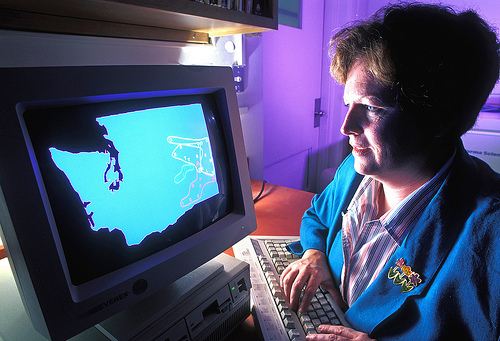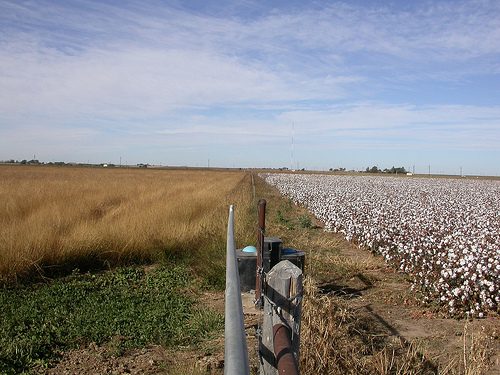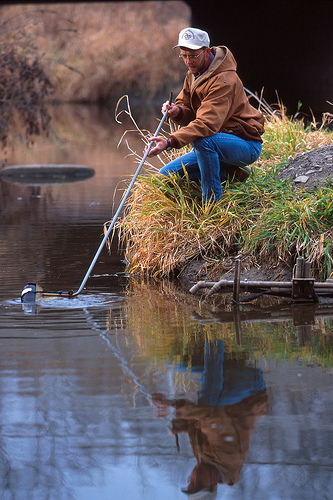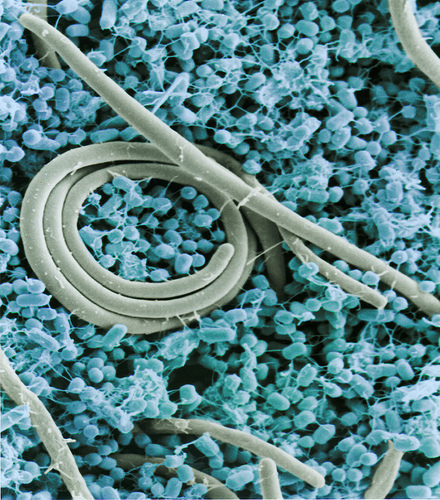This post is part of the Science Tuesday feature series on the USDA blog. Check back each week as we showcase stories and news from USDA’s rich science and research profile.
Organic agriculture is proving itself to be a veritable cornucopia, according to the results of the first-ever report on certified USDA organic production, which we released earlier this month. While the number of organic farms is a fraction of its conventional counterpart, an organically produced version of virtually every crop or animal product is now available in the United States.
This was the first time the National Agricultural Statistics Service (NASS) conducted this survey, which means that we cannot see trends yet, but we can already easily see some of the impacts of organic production in the United States. From four farms in Alabama, Alaska or Delaware to 1,898 farms in California, every state in the nation is now home to USDA-certified organic producers. And while these farmers make up less than a half of one percent of all U.S. farmers, they already sell more than $3.5 billion worth of agricultural products. Read more »
This post is part of the Science Tuesday feature series on the USDA blog. Check back each week as we showcase stories and news from USDA’s rich science and research profile.
From desktops to tablets, and from floppy disks to flash drives, technology is constantly changing. Each new idea is developed in an effort to solve old problems. That’s why the White House issued a plan last year to help stimulate our nation’s economic development and create jobs by accelerating Federal science and technology (S&T) innovations.
To support that plan, USDA agencies with science research missions that develop innovations in agriculture and that support businesses that adopt innovations for commercialization will work together to foster technology transfer to support U.S. business growth. Read more »

Soil microbes can be used to trace dust to its source. Soil microbiologist Ann Kennedy checks a computer map that shows the location of various biological groupings across the Columbia Plateau in Washington State.
This post is part of the Science Tuesday feature series on the USDA blog. Check back each week as we showcase stories and news from the USDA’s rich science and research profile.
Even back in the days of Mark Twain’s riveting tales of steamboat pilots and derring-do on the Mississippi River, it was known that you could catch a crook by means of almost invisible clues left at the scene of the crime: the unique patterns of his fingertips. How do we know this? In Twain’s “Life on the Mississippi,” published in 1883, a murderer was identified by his fingerprints. Read more »

Grass and cotton fields in the Texas High Plains study. Credit: Vivien Allen (Texas Tech University).
This post is part of the Science Tuesday feature series on the USDA blog. Check back each week as we showcase stories and news from USDA’s rich science and research profile.
Words like eco-friendly, green, fair, climate-friendly, community-based and organic are popping up daily – in the news, in ads and labels, and in conversations ranging from kitchen tables to international conferences. All of these and more come under the umbrella of sustainability, which people often describe as caring for people, planet and proceeds all at the same time. Read more »

ARS Technician Jeff Nichols collects a water sample from the Walnut Creek watershed in Ames, Iowa.
This post is part of the Science Tuesday feature series on the USDA blog. Check back each week as we showcase stories and news from the USDA’s rich science and research portfolio.
From ensuring the sustainability of our water resources, to breeding crops tolerant to changing climactic conditions, to preparing for the increased food demands of 9 billion people by 2050, finding solutions to the biggest agricultural challenges we face will require a new level of scientific innovation, coordination and long-term planning. As Iowa State University’s College of Agriculture and Life Sciences Associate Dean Joe Colletti recently put it, ag science is not rocket science – it’s more complicated than rocket science! Read more »

Colorized SEM (scanning electron micrograph) of the foodborne pathogen Salmonella enteritidis. Photo by Jean Guard, ARS.
This post is part of the Science Tuesday feature series on the USDA blog. Check back each week as we showcase stories and news from USDA’s rich science and research profile.
When it comes to microorganisms that contaminate our foods, you may think it’s a veritable jungle out there—but in fact, in the United States, most of the illnesses, hospitalizations and deaths caused by foodborne pathogens come down to 14 bad players. Read more »




